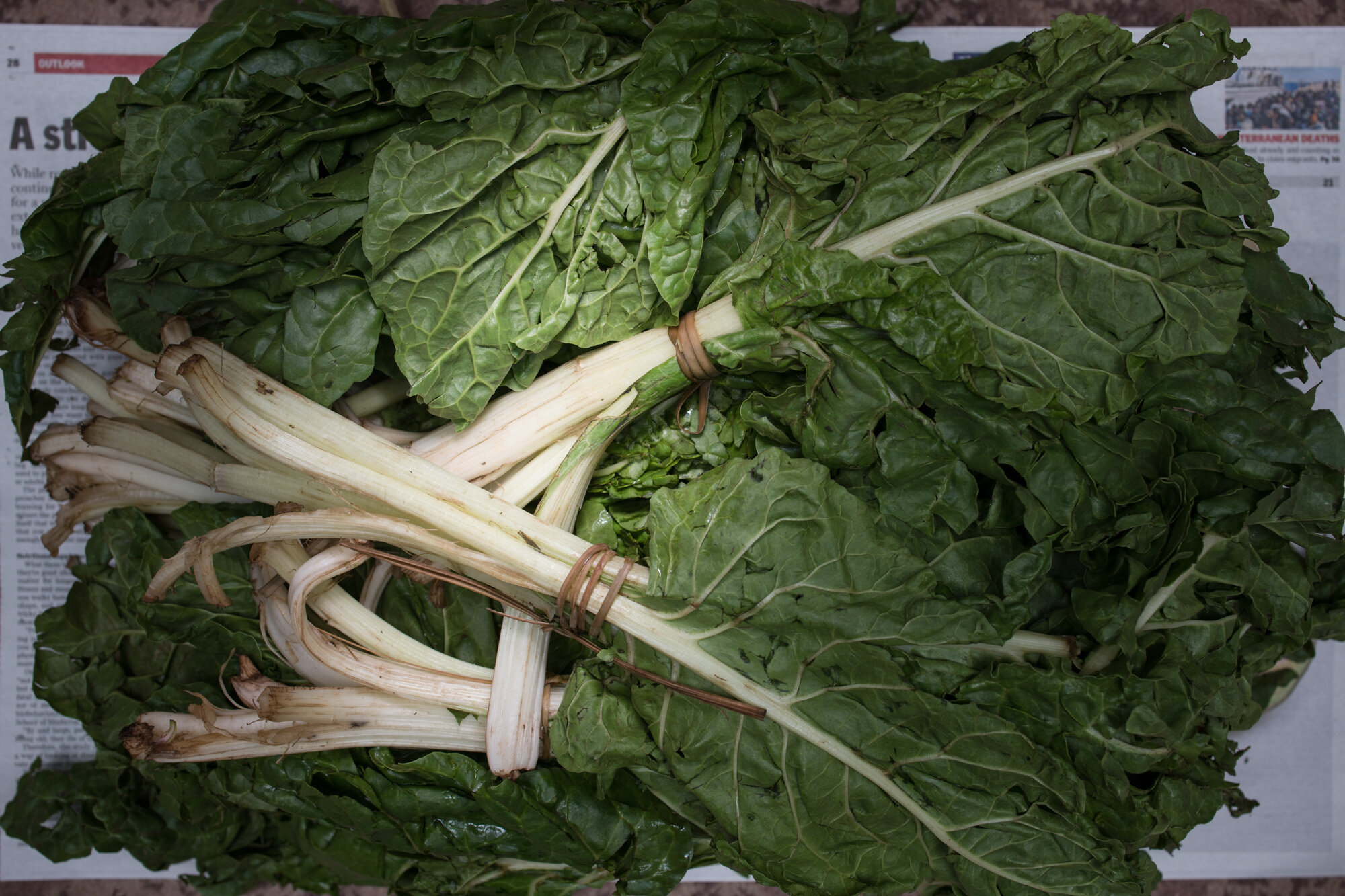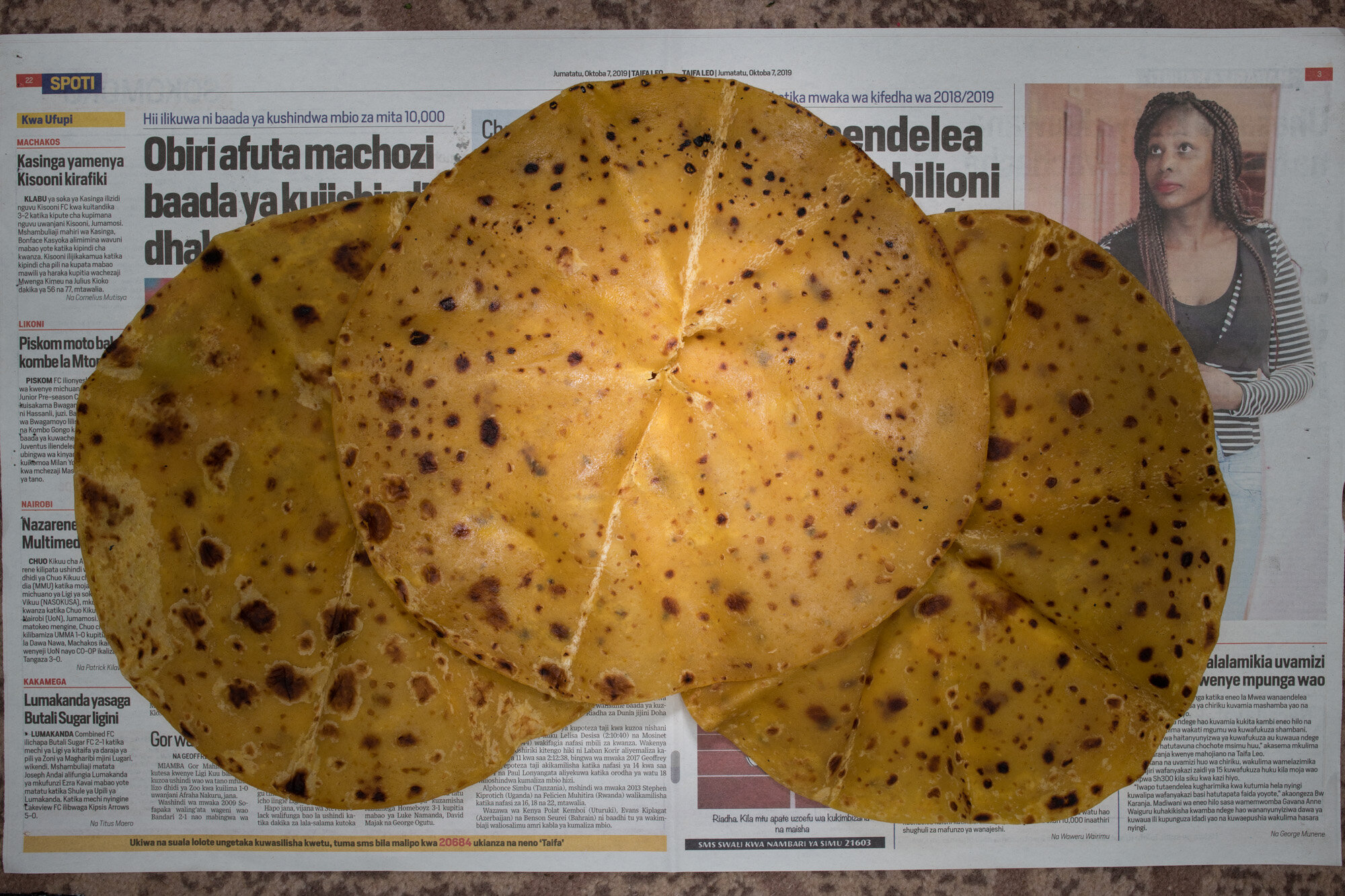Kenya
Nairobi | October 2019
KES 85 (USD 0.99, EUR 0.88).
This is based on Kenya's latest published overall poverty line for 2015/16 in core urban areas.
There are 3 measures of poverty for Kenya:
- Overall Poverty Households and individuals whose monthly adult equivalent total consumption expenditure per person is less than KSh 3 252 in rural and peri urban areas and less than KSh 5 995 in core urban areas are considered to be overall poor or live in overall poverty
- Food Poverty Households and individuals whose monthly adult equivalent food consumption expenditure per person is less than KSh 1 954 in rural and peri urban areas and less than KSh 2 551 in core urban areas respectively are considered to be food poor or live in food poverty. Based on the sample-weighted KIHBS 2015/16 demographic profile by age and sex, the average required daily per adult equivalent calorie requirement for the population sample enumerated by the KIHBS 2015/16 is 2,251 Kcal.
- Hardcore or Extreme Poverty Households and individuals whose monthly adult equivalent total consumption expenditure per person is less than KSh 1 954 in rural and peri urban areas and less than KSh 2 551 in core urban areas respectively are considered to be hardcore poor or live in hardcore or extreme poverty
Overall poverty is most cited for poverty incidence and headcount tracking.
The statistics indicate that the overall poverty headcount rate for individuals at the national level was 36.1 per cent in 2015/16, implying that 16.4 million individuals lived in overall poverty. The overall poverty incidence remains highest in rural areas, where 40.1 per cent of residents (11.4 million individuals) were overall poor compared to 27.5 per cent (0.9 million individuals) and 29.4 per cent (3.8 million individuals) in peri-urban and core-urban areas, respectively. The statistics further indicate that 27.4 per cent of households lived in overall poverty.
The national food poverty headcount rate for individuals in 2015/16 was 32 per cent, implying that 14.5 million individuals did not meet the food poverty line threshold. In other words, about one in every three individuals in Kenya is unable to consume the minimum daily calorific requirement of 2,250 Kcal as per their expenditures on food. Food poverty incidence remains highest in rural areas, where 35.8 per cent of the population (10.4 million individuals) were below the food poverty line compared to 28.9 per cent (almost 1 million individuals) in periurban areas and 29.4 per cent (almost 3.2 million individuals) in core-urban. The results further show that 23.8 per cent of households were food poor in 2015/16.
The hardcore (or extreme) poverty headcount rate for individuals was 8.6 per cent in 2015/16, implying that 3.9 million people lived in conditions of abject poverty and were unable to afford the minimum required food consumption basket even if they allocated all their expenditure on food alone. Extreme poverty incidence remains highest in rural areas, where 11.2 per cent of residents (3.2 million individuals) were hardcore poor. The results further indicate that six per cent of households were extreme poor.
Understanding More
Launch of the 2015/16 Kenya Integrated Household Budget Survey (KIHBS) Reports
Kenya's poverty rate drops sharply in 10 years -stats office





